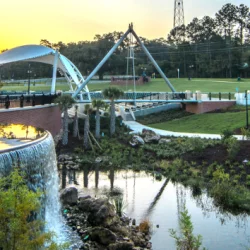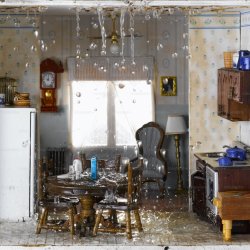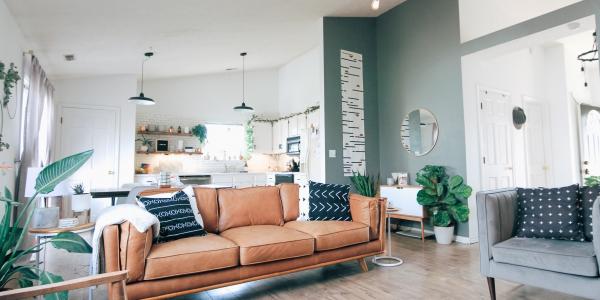5 Common Issues That Arise When Fixing Up a Historic Home
Historic homes are just that: historic. Historic might as well be another word for really, really old. While historic homes are beautiful to look at, you do need to spend a little money on renovations – just to bring some of the home’s amenities up to code for the 21st century. These renovations are important for a number of reasons, but also so that you aren’t spending an additional fortune on energy costs, especially when it comes to heating and cooling the home. Yet, there are some issues that could be toxic or dangerous. Here are five common issues that arise when fixing up a historic home.
One of the biggest issues has to do with toxic materials. Many contractors run into things, like mold and mildew, which can be common in older homes and is caused by years of excess moisture. Other problems can be a bit more troublesome, like lead paint and asbestos. In the old days, lead was used in paint to make it stronger and to make it look more aesthetically pleasing, but these days lead can be incredibly toxic. Also, asbestos was also used, which was hailed as a fire retardant. It did a good job of keeping homes safe from fires, but it is incredibly cancerous.
Another issue has to do with the quagmire of trying to find a way to add functionality to an older home. Many older, historic homes were built for another generation. So, if you want to renovate your home for this century, it can be hard to find a design that works. Also, it can be very expensive. Even the simplest things, like making use of an old maid’s quarters and creating better flow can become a big hassle for contractors. If this is the case, you have to work with what you’ve got, which may not be a lot.
Next, one of the biggest issues is energy efficiency. Many older homes were built with little to no insulation, which can make the home very cold in the winter and very warm in the summer. Once you do add an HVAC system, how to do you prevent energy from escaping? While there are many eco friendly heating and cooling units you can use to heat and cool your home according to certain “green” energy standards, there is also the issue of providing more insulation to your home. You could re-insulate the entire home, or stick with just re-insulating the attic.
Lastly, another big issue has to do with architectural conservationists. When it comes time to renovate your home, you might have a lot of people up in arms about you making changes to basic structural elements of the home. So, it is important to abide by some of these limitations. Oftentimes, you can’t make any major changes to the exterior of a historic home and you also have to hold on to many of the details inside the home. Out of all the issues that could arise, this is perhaps the most limiting, but when it comes down to it, you probably don’t want to change a historic home too much, because it could take away from its beauty.
More to Read:
Previous Posts:




